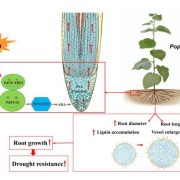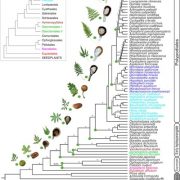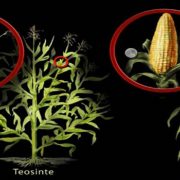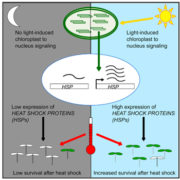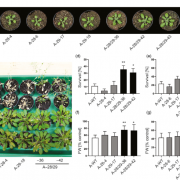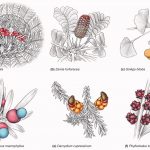Review: Convergent evolution of gene regulatory networks underlying plant adaptations (Plant Cell Environ.)
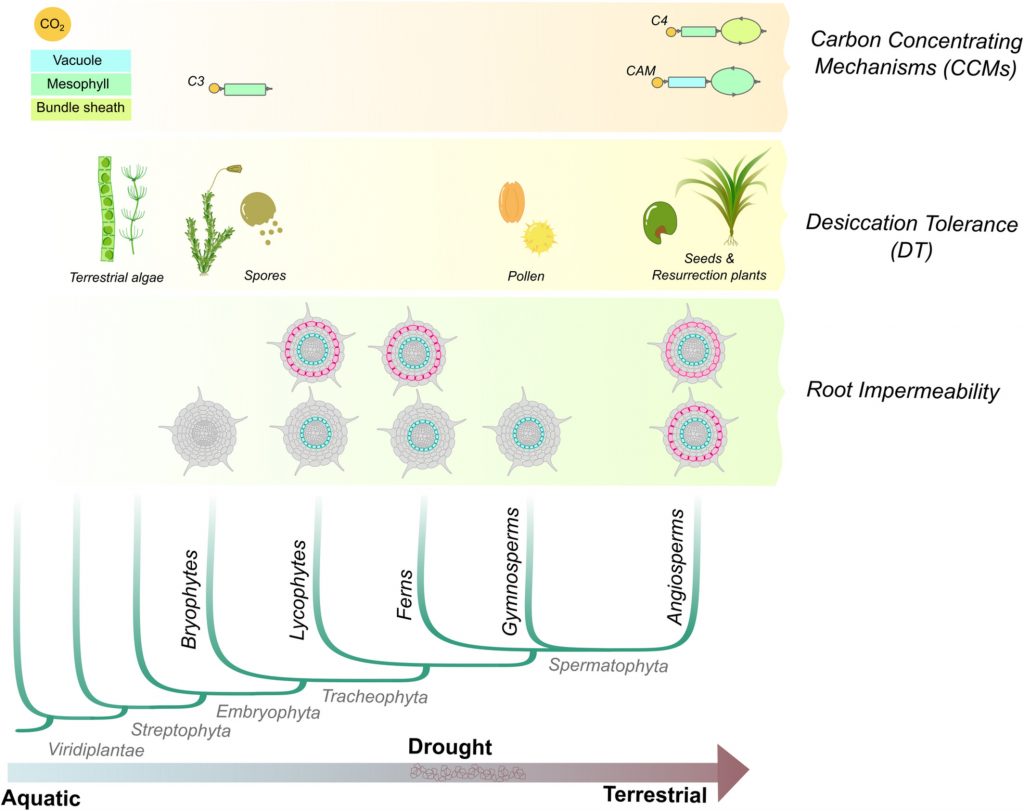 The transition from aquatic to terrestrial habitats exposed plants to low water availability, high light, radiation, and other environmental challenges. To overcome these challenges, plants developed morpho-physiological adaptations to tolerate dry environments and make photosynthesis more efficient. A recent work by M. Artur and K. Kajala reviewed how the evolution of Gene Regulatory Networks has shaped plant adaptations to dry environments. Carbon concentration, desiccation tolerance, and the production of extracellular biopolymers are common mechanisms in land plants that appeared multiple times during evolution. Desiccation tolerance is present in many plants’ reproductive structures (spores, pollen, seeds), but some of these regulatory pathways were re-directed to vegetative tissues in some species. Analysis of desiccation-tolerant species from different phylogenetic groups has revealed common mechanisms to achieve this ability to survive after extreme dehydration. In the synthesis of biopolymers that act as barriers to prevent water loss (i.e., cutin and suberin), the production of precursor molecules was possible before the evolution of land plants; however, the rest of the pathways may have evolved independently in the different taxa. This work highlights the importance of genomic and transcriptomic datasets available from plants of distinct clades to compare and trace the evolutionary history of critical regulators across the tree of life. (Summary by Humberto Herrera-Ubaldo @herrera_h) Plant Cell Envion. 10.1111/pce.14143
The transition from aquatic to terrestrial habitats exposed plants to low water availability, high light, radiation, and other environmental challenges. To overcome these challenges, plants developed morpho-physiological adaptations to tolerate dry environments and make photosynthesis more efficient. A recent work by M. Artur and K. Kajala reviewed how the evolution of Gene Regulatory Networks has shaped plant adaptations to dry environments. Carbon concentration, desiccation tolerance, and the production of extracellular biopolymers are common mechanisms in land plants that appeared multiple times during evolution. Desiccation tolerance is present in many plants’ reproductive structures (spores, pollen, seeds), but some of these regulatory pathways were re-directed to vegetative tissues in some species. Analysis of desiccation-tolerant species from different phylogenetic groups has revealed common mechanisms to achieve this ability to survive after extreme dehydration. In the synthesis of biopolymers that act as barriers to prevent water loss (i.e., cutin and suberin), the production of precursor molecules was possible before the evolution of land plants; however, the rest of the pathways may have evolved independently in the different taxa. This work highlights the importance of genomic and transcriptomic datasets available from plants of distinct clades to compare and trace the evolutionary history of critical regulators across the tree of life. (Summary by Humberto Herrera-Ubaldo @herrera_h) Plant Cell Envion. 10.1111/pce.14143
Interested in writing for this series? Plantae Fellows applications are open now, deadline Aug 20, 2021. https://plantae.org/fellowsapp/.



